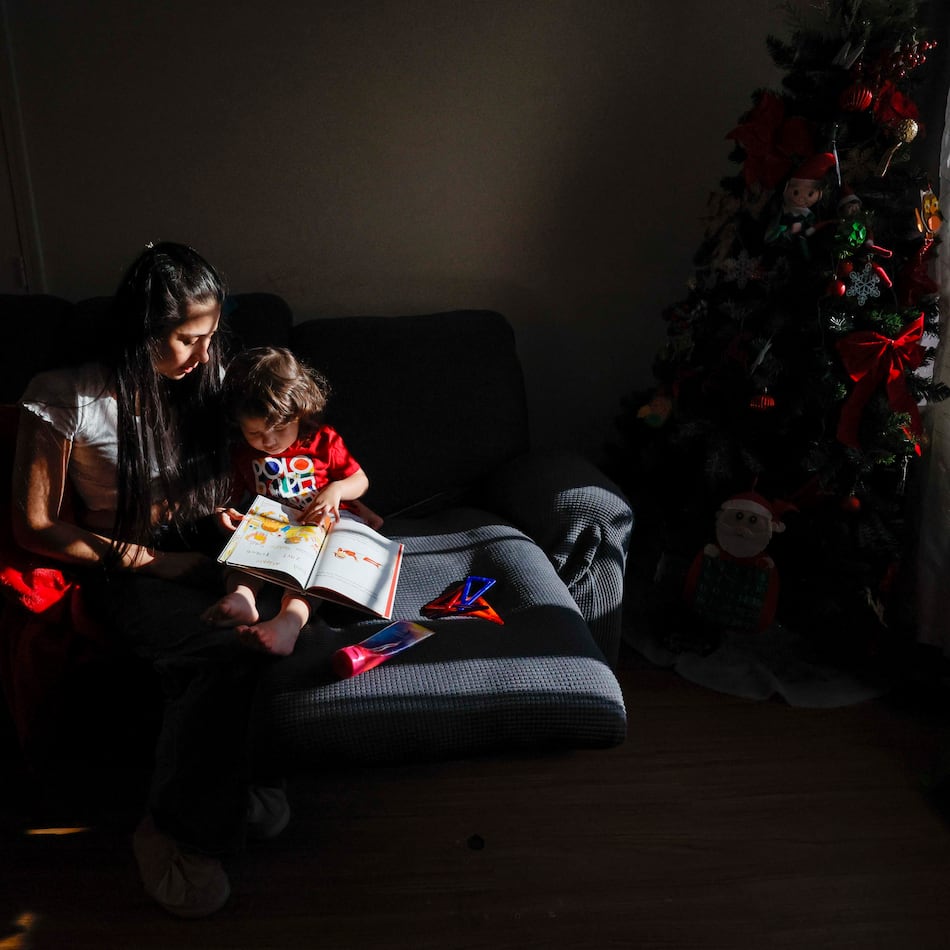“The Color Purple,” one of the most anticipated films of the years, is already having a strong impact before it hits theaters Christmas Day.
The film’s director and cast joined a virtual roundtable discussion with historically Black college and university students across the nation recently to discuss the production of the film, and behind-the-scenes details. Students from Clark Atlanta University and Morehouse and Spelman colleges were among those in attendance.
The ties between Georgia and the 2023 version of the film, an adaptation of the Broadway musical, are plenty. The film was shot in Atlanta, Macon and along the Georgia coast, according to published reports. Alice Walker, the book’s author, was born in Eatonton, about 75 miles southeast of Atlanta. She studied at Spelman College in Atlanta before transferring to Sarah Lawrence College.
Credit: TNS
Credit: TNS
Director Blitz Bazawule, Taraji P. Henson (as Shug Avery), Fantasia Barrino (as Celie), Danielle Brooks (as Sofia) and Phylicia Pearl Mpasi (as Young Celie) spoke to students on topics including navigating traumatic roles, self-care during filming and diverting from the original 1985 film.
A Ghana native, Bazawule intended to create a sense of belonging among the Black audience. The film uses music, language, dancing and clothing to emphasize African culture. In the film, Celie’s sister, Nettie, travels to Ghana with Celie’s children after she leaves the home of Albert, Celie’s abusive husband. This change was one of Bazawule’s main objectives in directing the new film.
“It only helps bridge the gap better between the continent of Africa and the larger diaspora, certainly in the Americas but everywhere else,” Bazawule said.
The actresses discussed how they prepared for roles that explored bigotry, depression, misogyny and racism.
“I got every single piece of source material I could find, from the making of the book and the music book that exist, audiobooks, any interview Alice Walker did, I listened to the musical over and over again,” Mpasi said. “I also stepped outside ‘The Color Purple’ and remembered that Celie was based off women who are really just one generation removed from slavery.”
Mpasi said she did research on Black women in the early 20th century to help contextualize the reality of her character. The actresses discussed how the intense stories of their characters can be a catalyst for a greater message for Black women who watch the film.
“We can truly love each other into being again and again,” Brooks said.
Henson said bonding with the cast was easy from the beginning stages of production.
“It felt like family before I even got there, before I even arrived on set. The camaraderie was easy,” she said.
Henson, a theater arts major at Howard University, said her HBCU experience gave her the confidence to take large roles like Shug Avery.
“I knew if I could crack Howard, I could crack Hollywood,” she said.
Credit: TNS
Credit: TNS
Spelman’s Royal Court was among several HBCU courts that went to last week’s premiere in Los Angeles, where they met with cast members.
“It was very full circle ... when you have the book, play and now the movies,” said Ayiana Davis Polen, the First Attendant to the 40th Miss Spelman Court, which serves as ambassadors for the women’s college.
“‘The Color Purple’ signifies more than just a movie because it’s been redone in so many different ways,” she said. “We have the privileges of being recognized in this space.”
Bazawule and the cast want the film to be remembered as a piece of history that is retooled to emphasize the realities and beauty of the Black diaspora that reaches all audiences.
“It was very important that this idea of forgiveness and communal healing come through this film,” Bazawule said. “‘The Color Purple’ has always represented radical forgiveness.”
About the Author
Keep Reading
The Latest
Featured




